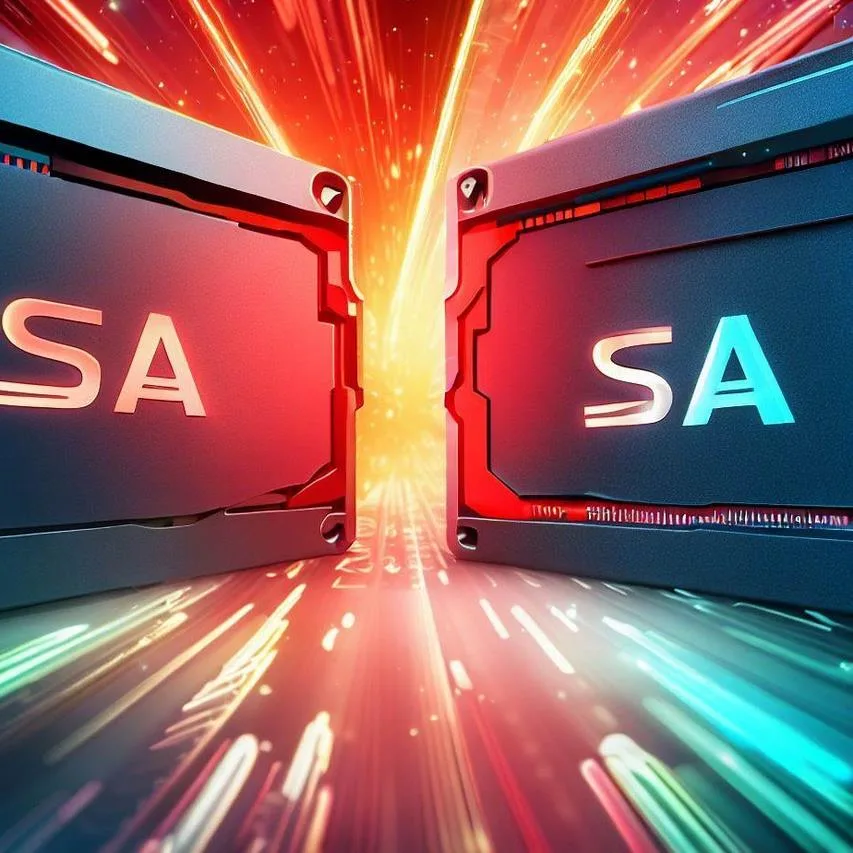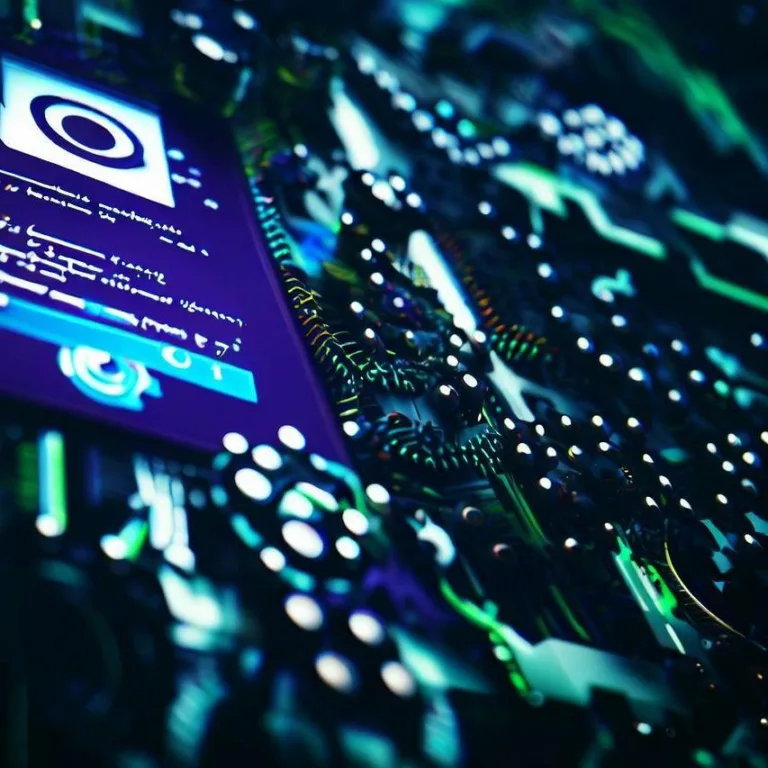When it comes to data storage and transfer, two technologies often come into play: SAS (Serial Attached SCSI) and SATA (Serial Advanced Technology Attachment). These two storage interfaces are crucial for various computing applications, and understanding their differences and use cases is essential. In this article, we will delve deep into the world of SAS vs. SATA to help you make informed decisions for your storage needs.
Sas vs. sata: an overview
SAS and SATA are both storage interface standards, but they serve different purposes and come with distinct features. Let’s start by briefly outlining each of these technologies:
SAS (Serial Attached SCSI)
SAS is a high-performance, enterprise-grade storage interface developed as an evolution of the SCSI (Small Computer System Interface) standard. It is designed for mission-critical applications and is known for its reliability and robustness. SAS drives typically operate at 10,000 or 15,000 RPM (rotations per minute), providing speedy data access. These drives are commonly found in enterprise servers and data centers.
SATA (Serial Advanced Technology Attachment)
SATA, on the other hand, is a more cost-effective and mainstream storage interface. It is widely used in consumer-grade computers, laptops, and desktops. SATA drives typically spin at 5,400 or 7,200 RPM, which is sufficient for everyday computing tasks. While SATA drives are not as fast as SAS drives, they are affordable and offer ample storage capacity for most users.
Sas vs. sata: performance
One of the primary considerations when choosing between SAS and SATA is performance. SAS drives, with their higher RPM and superior data transfer rates, outperform SATA drives in terms of speed. This makes SAS drives ideal for applications that demand high-speed data access, such as database servers and data-intensive tasks.
On the other hand, SATA drives, while not as fast as SAS drives, still offer respectable performance for the average user. They are more than capable of handling everyday tasks, including web browsing, document editing, and multimedia playback. If your computing needs are not exceptionally demanding, SATA drives can provide a cost-effective solution.
Sas vs. sata: reliability
Reliability is another critical factor to consider. SAS drives are engineered for 24/7 operation and are built with redundancy features, making them highly reliable. These drives are designed to handle heavy workloads without compromising data integrity. As a result, SAS drives are commonly used in enterprise environments where data reliability is paramount.
SATA drives, while reliable for most consumer needs, may not be as robust as SAS drives. They are well-suited for personal computing tasks but may not be the best choice for critical business applications that require continuous operation without downtime.
Sas vs. sata: cost
Cost is often a significant factor in decision-making. SAS drives tend to be more expensive than SATA drives due to their advanced features and higher performance capabilities. If your budget is a primary concern, SATA drives offer a cost-effective storage solution without compromising too much on performance for everyday tasks.
Sas vs. ssd
It’s worth mentioning that while SAS and SATA are traditional hard drive interfaces, the storage landscape has evolved with the introduction of SSDs (Solid State Drives). SSDs offer lightning-fast performance and higher reliability compared to both SAS and SATA drives. However, they come at a higher price point. Choosing between SAS, SATA, and SSD depends on your specific needs and budget.
1. Which is faster, SAS or SATA?
SAS drives are generally faster than SATA drives due to their higher RPM and data transfer rates.
2. Are SAS drives suitable for personal computers?
SAS drives are overkill for most personal computing needs and are better suited for enterprise environments.
3. Can I use SATA drives in a server?
While SATA drives can be used in servers, SAS drives are a more reliable choice for mission-critical server applications.
4. Should I consider an SSD instead of SAS or SATA?
If speed and reliability are top priorities, SSDs are an excellent choice, but they come at a higher cost.
5. Are there hybrid drives that combine SAS and SATA technologies?
Yes, some hybrid drives combine SAS and SATA interfaces to balance performance and cost, but they are less common.
Now that you have a comprehensive understanding of SAS vs. SATA, you can make an informed decision based on your specific needs and budget. Whether you prioritize speed, reliability, or cost-effectiveness, there’s a storage solution that’s right for you.







